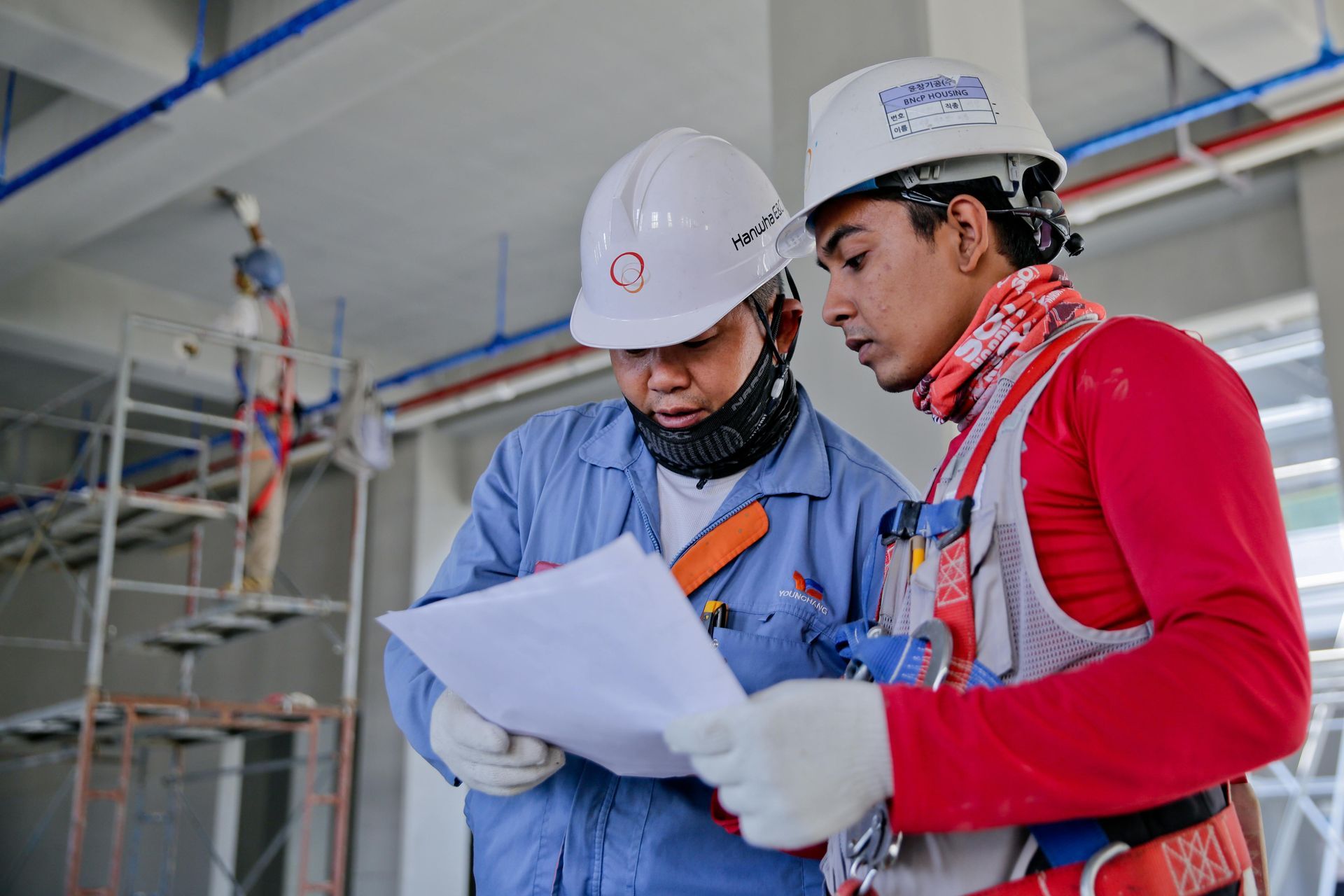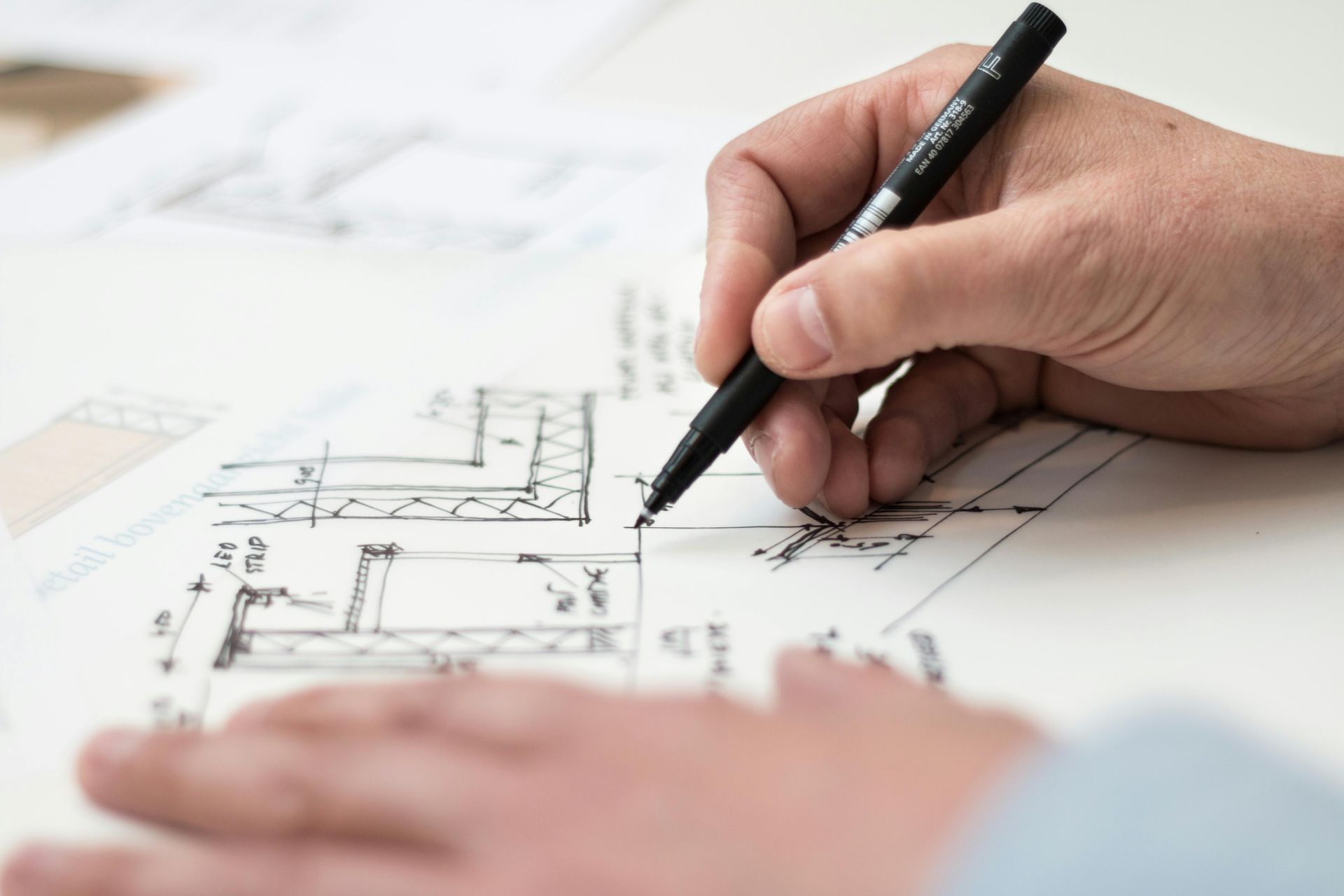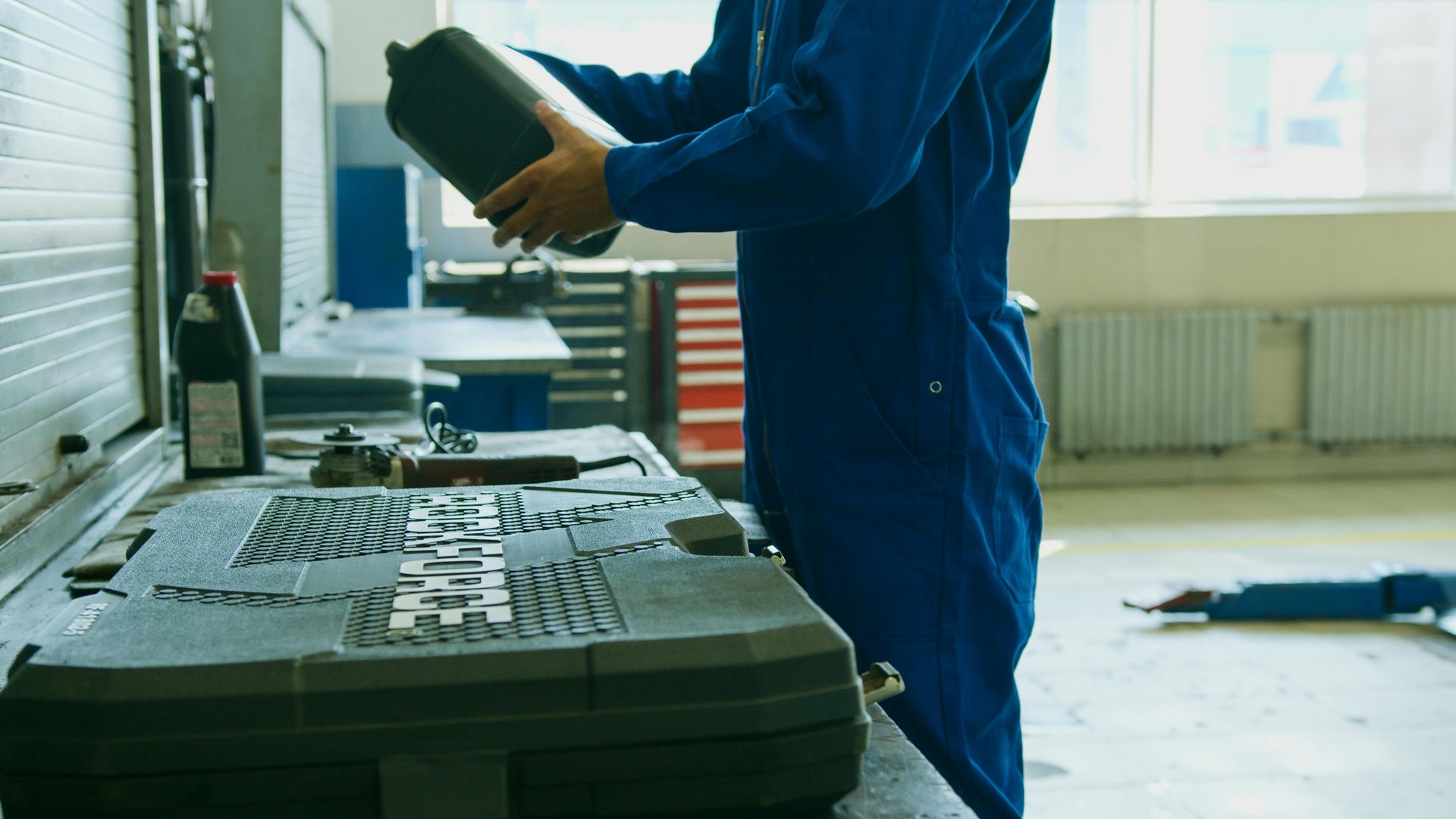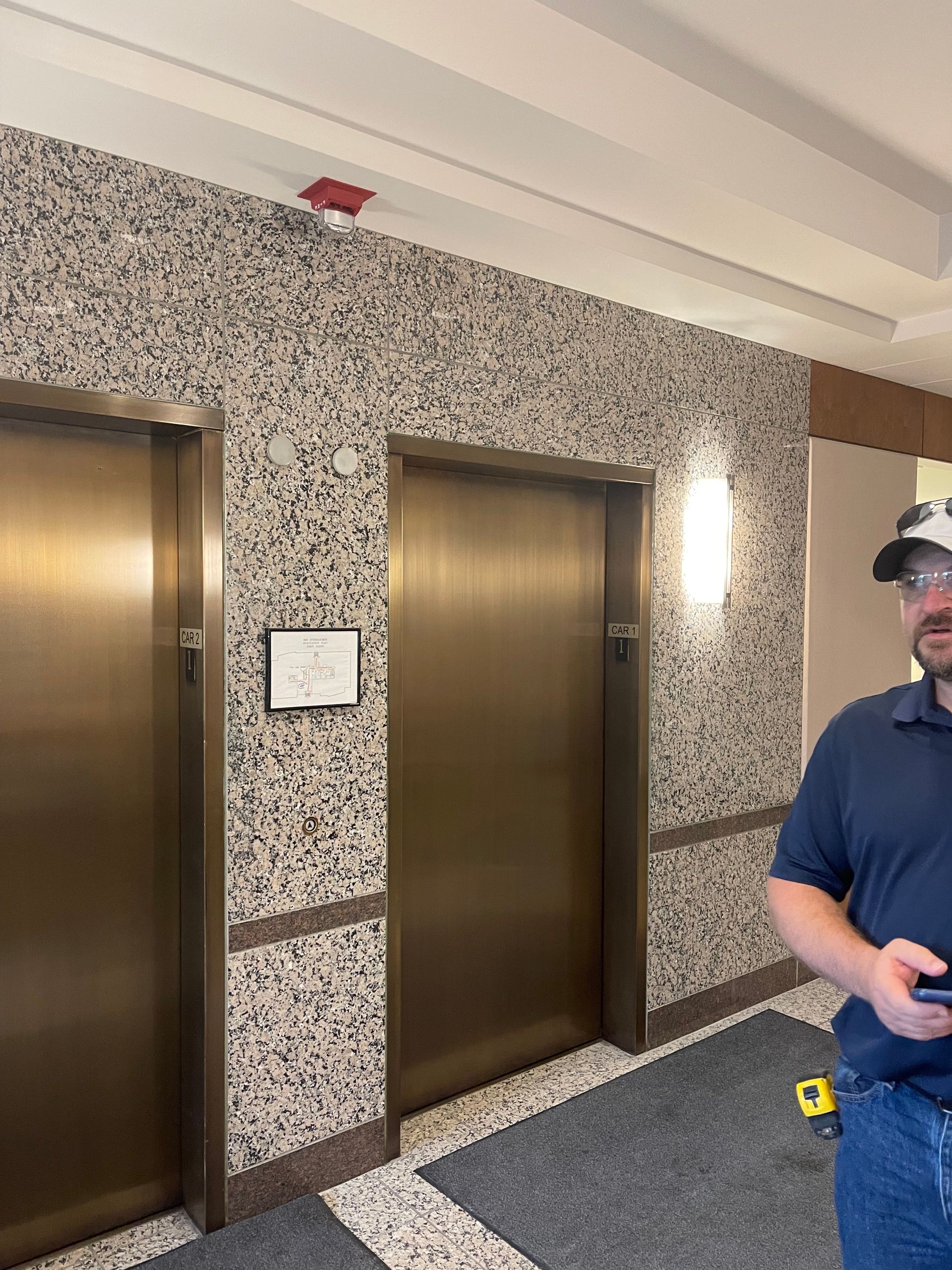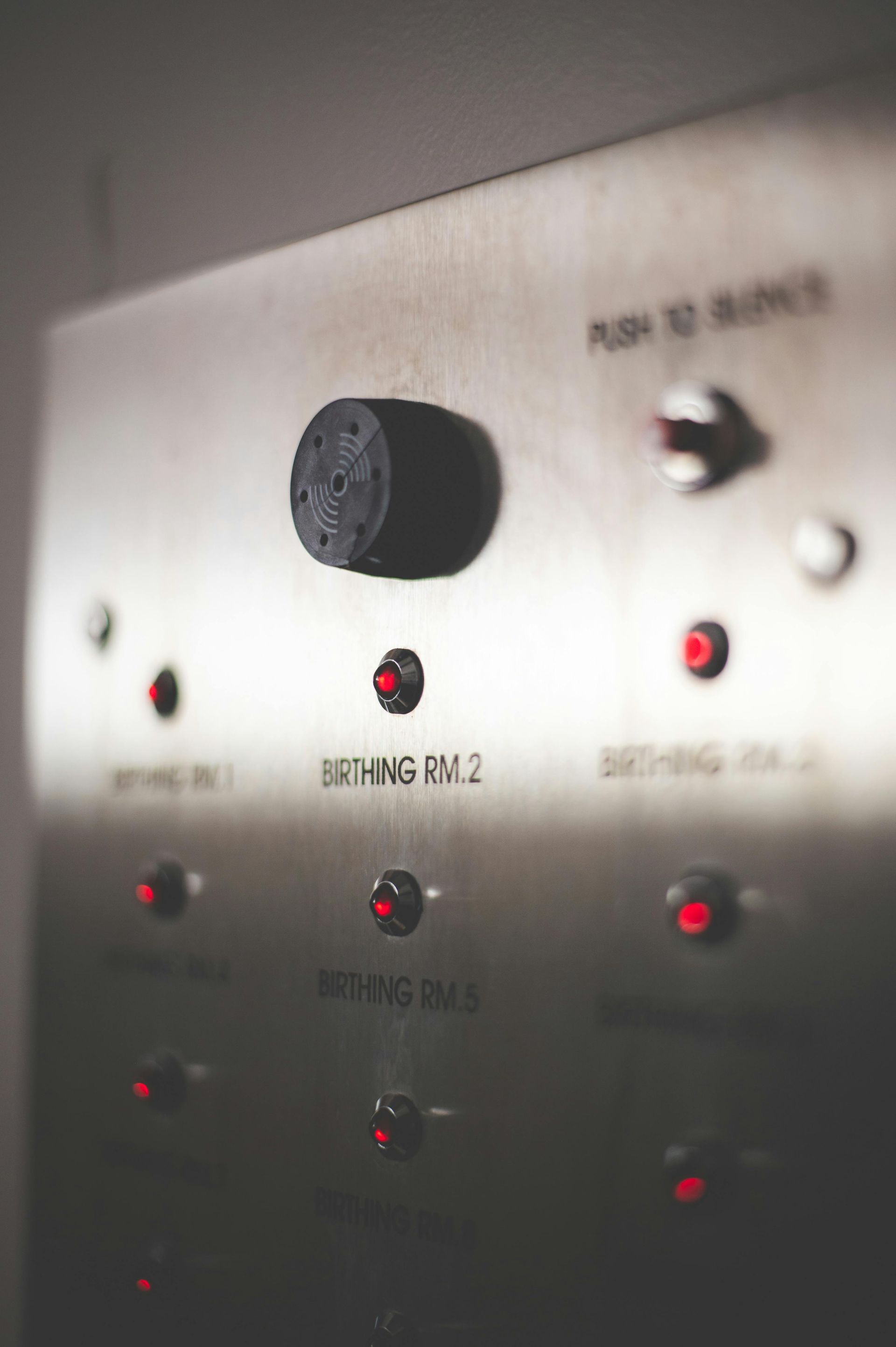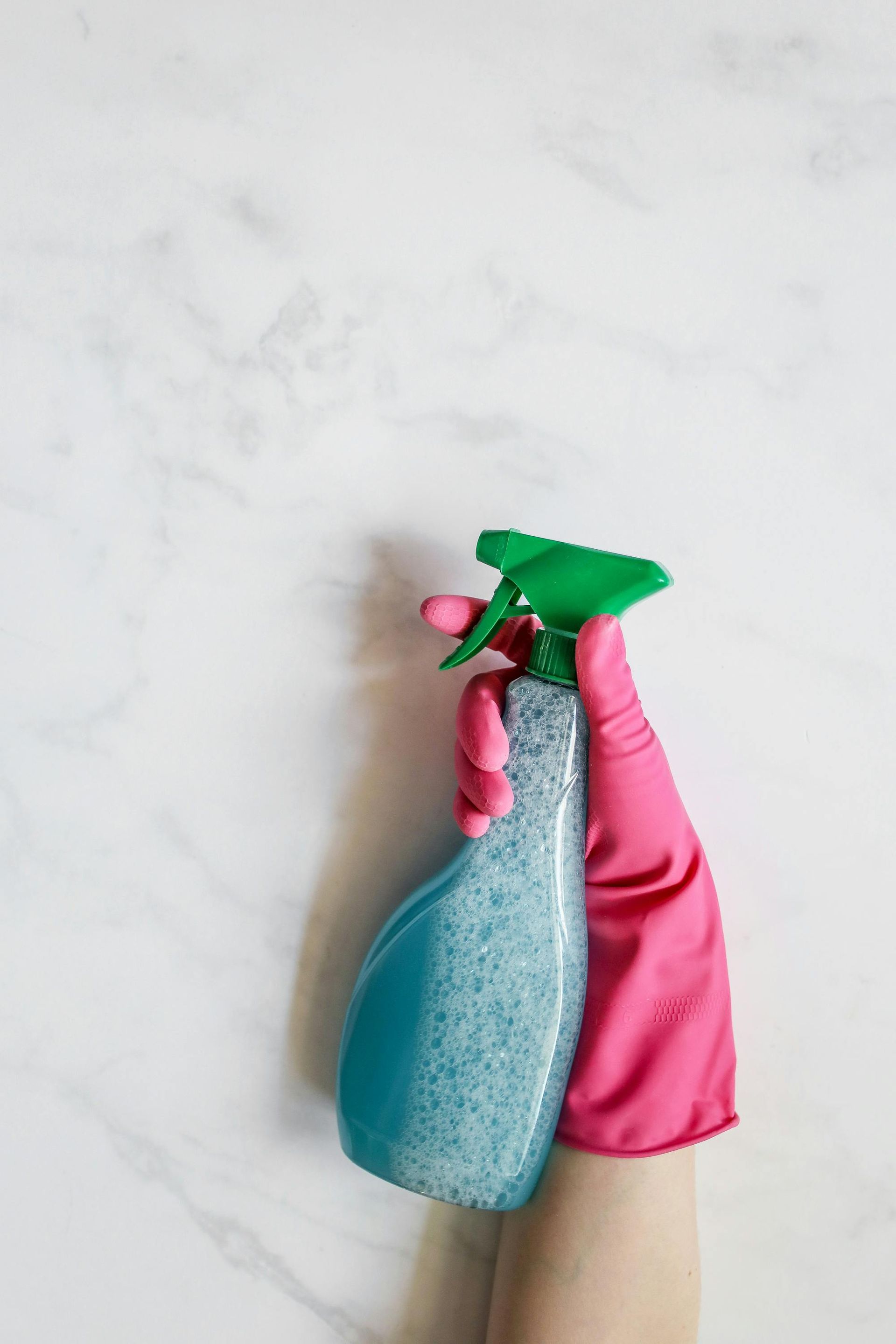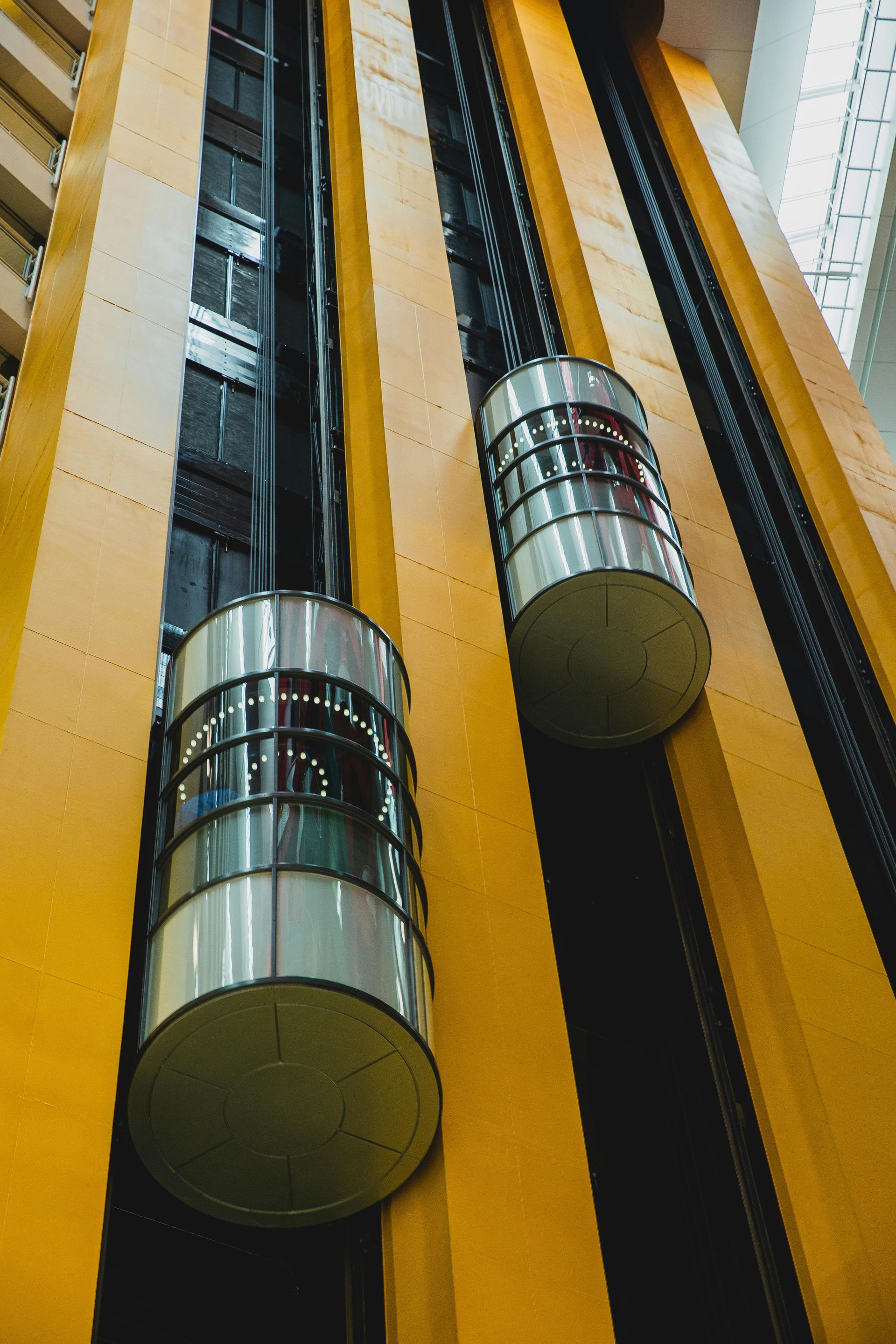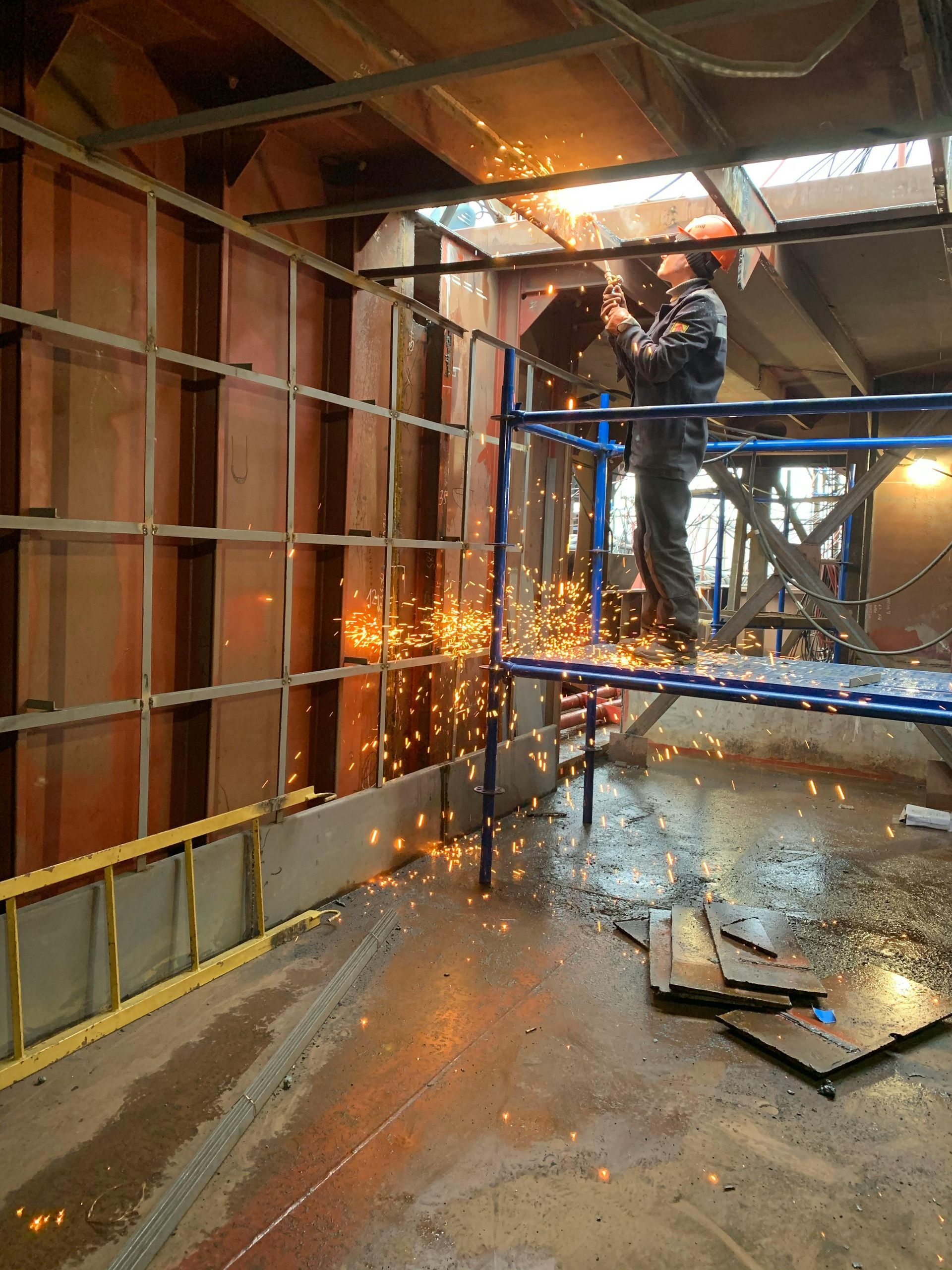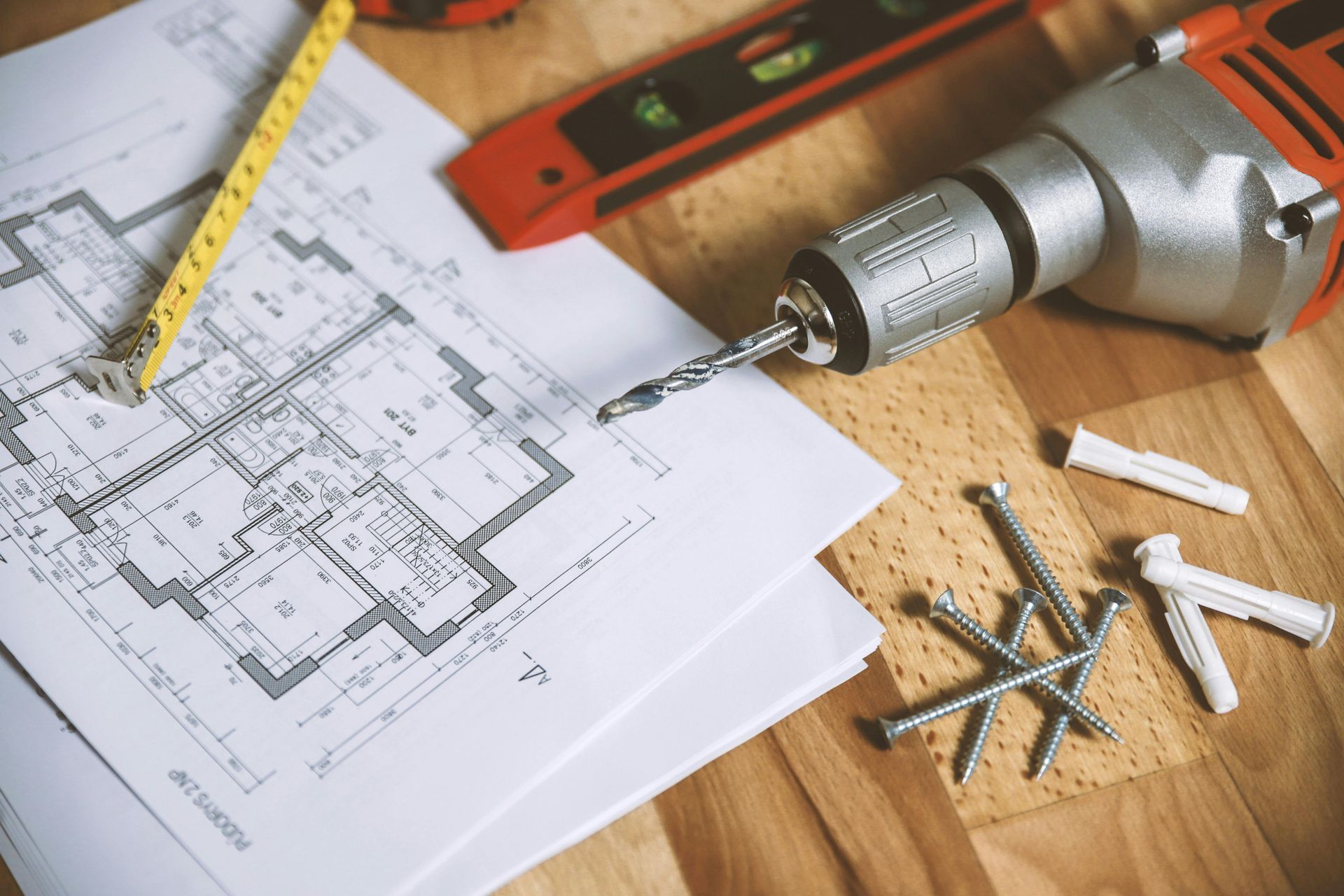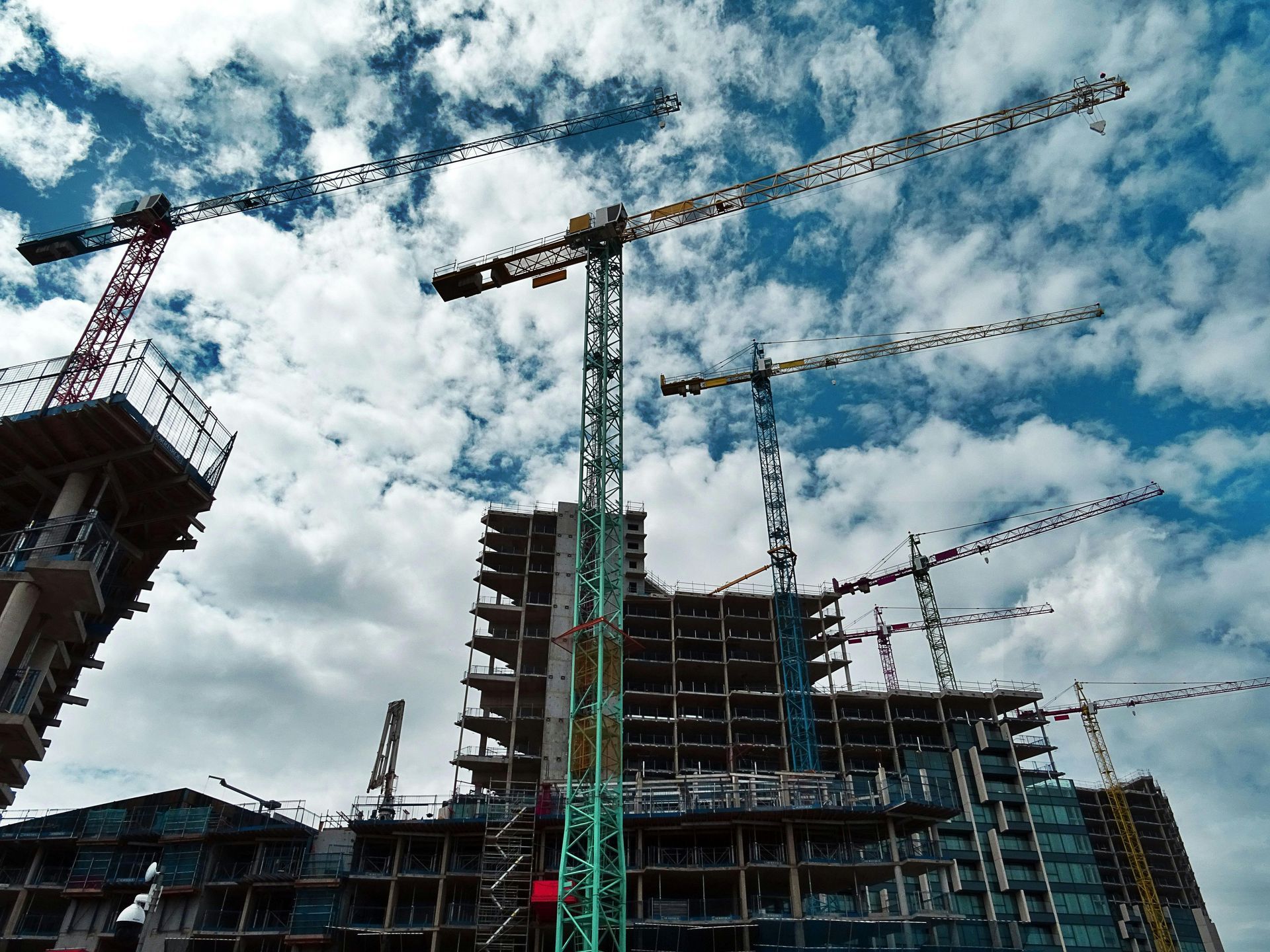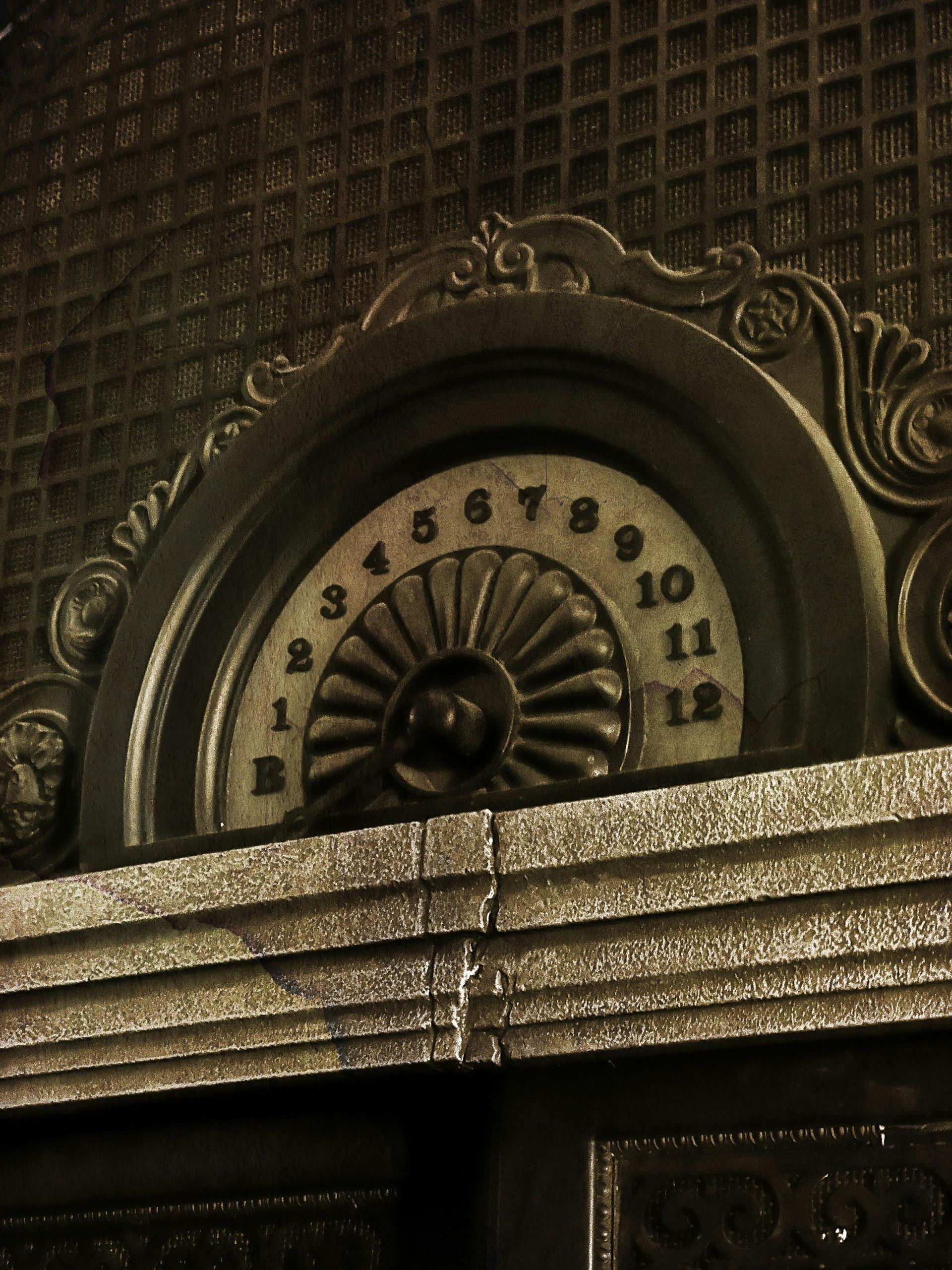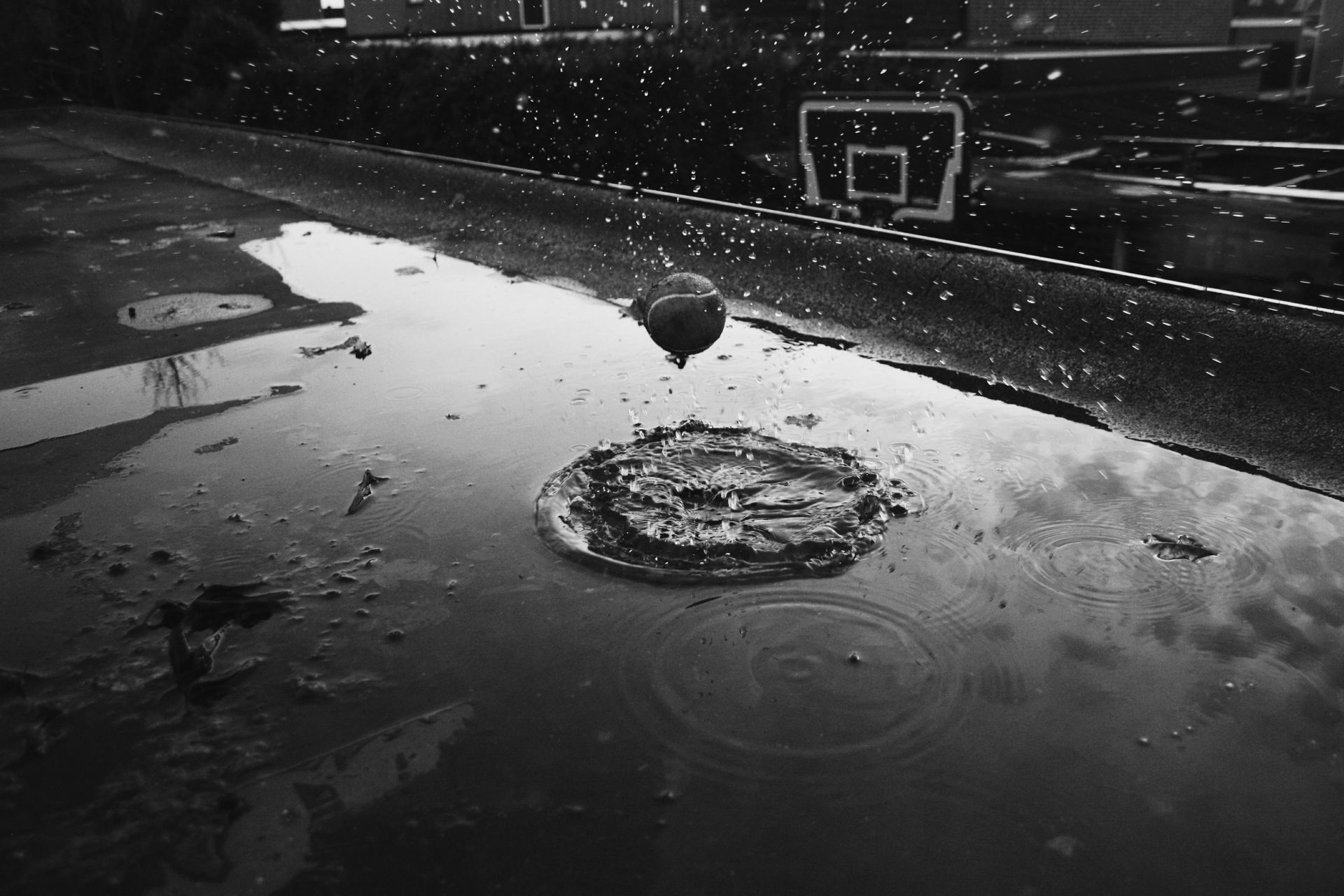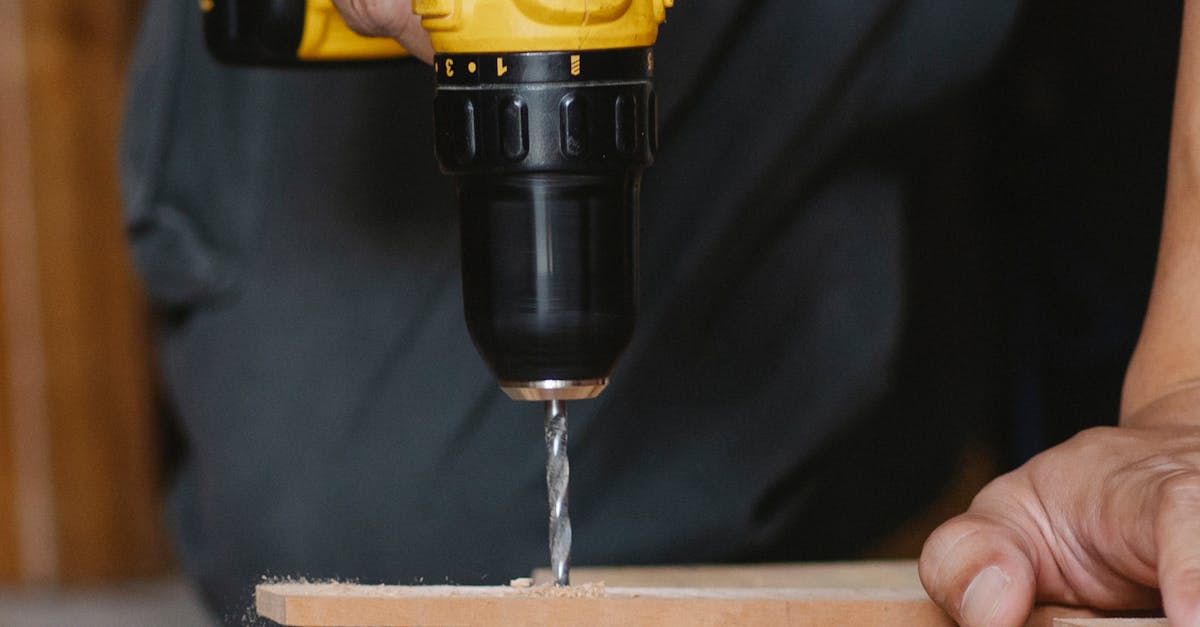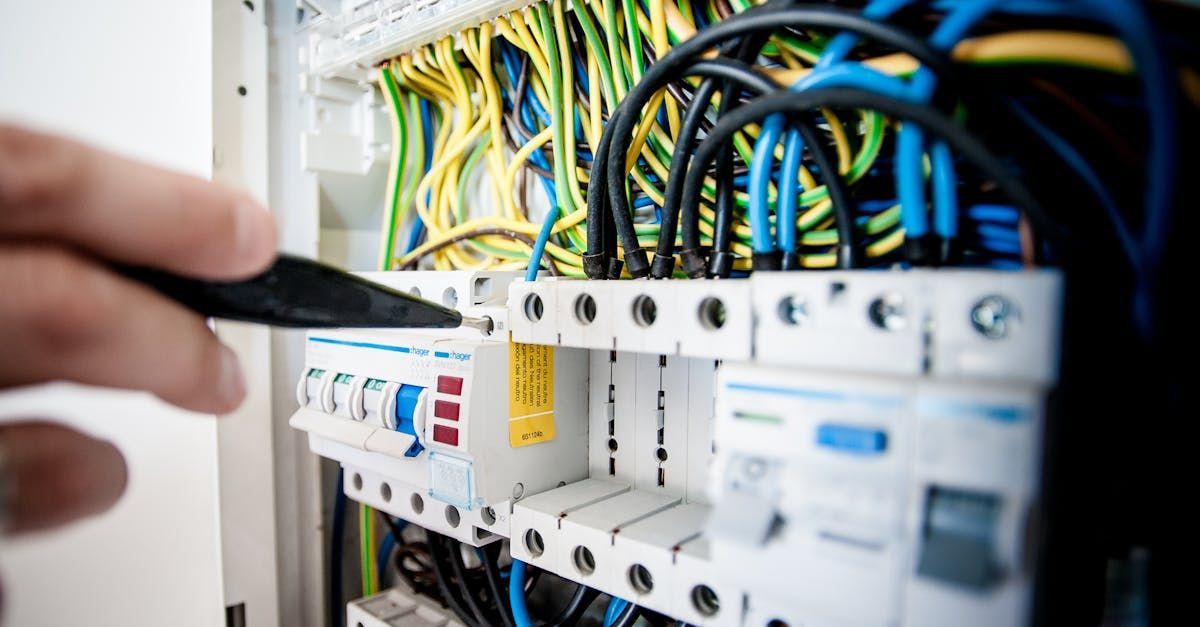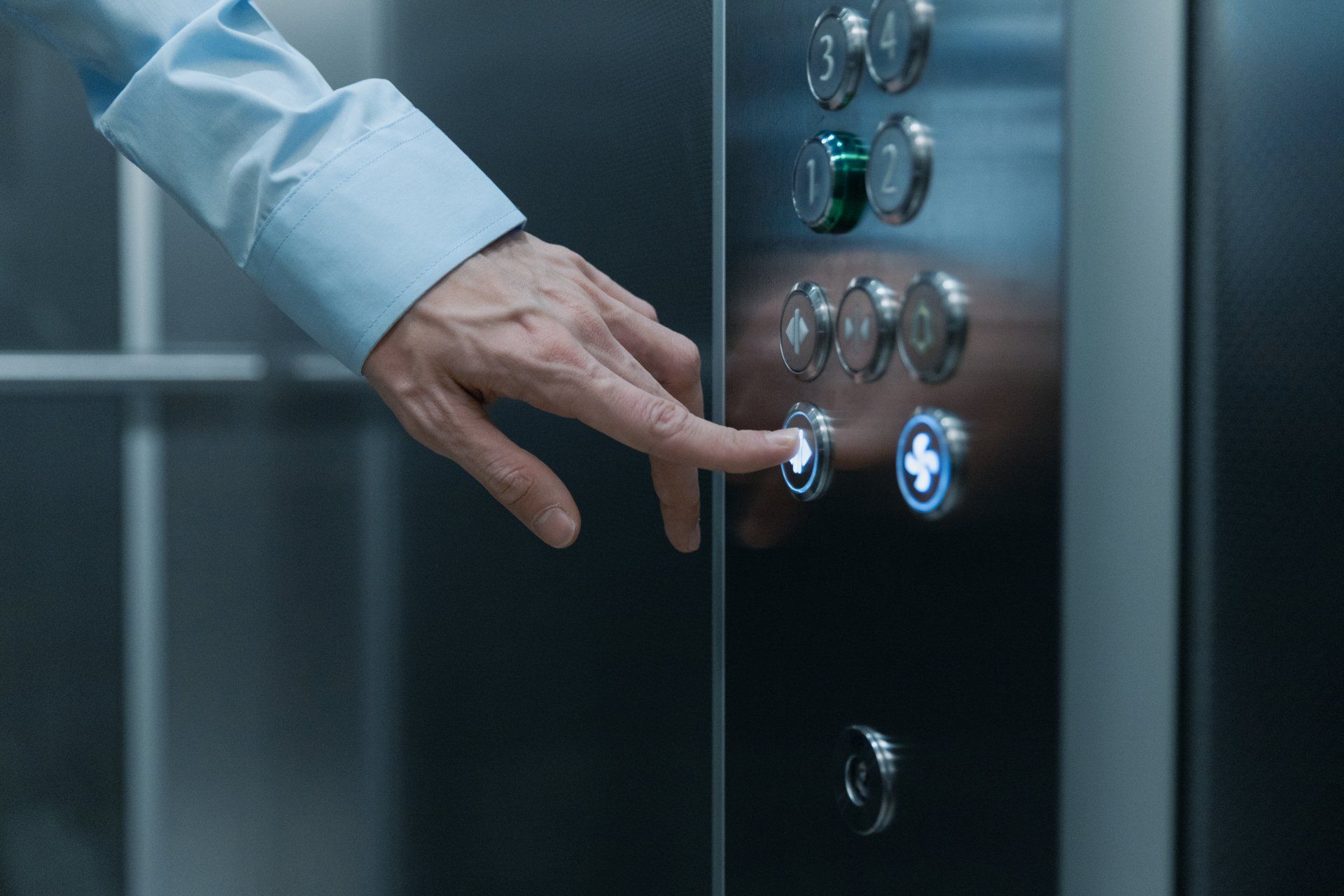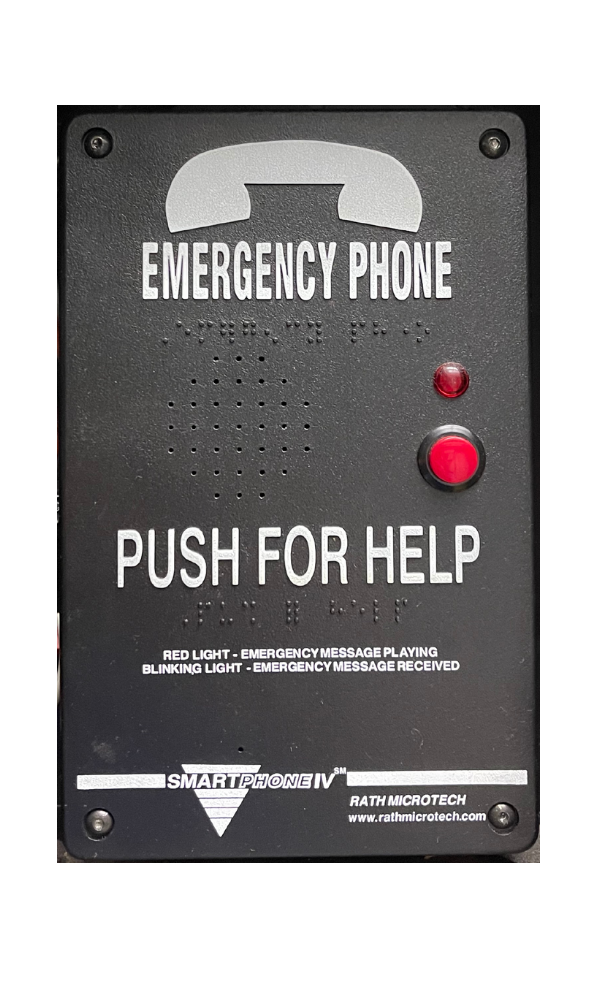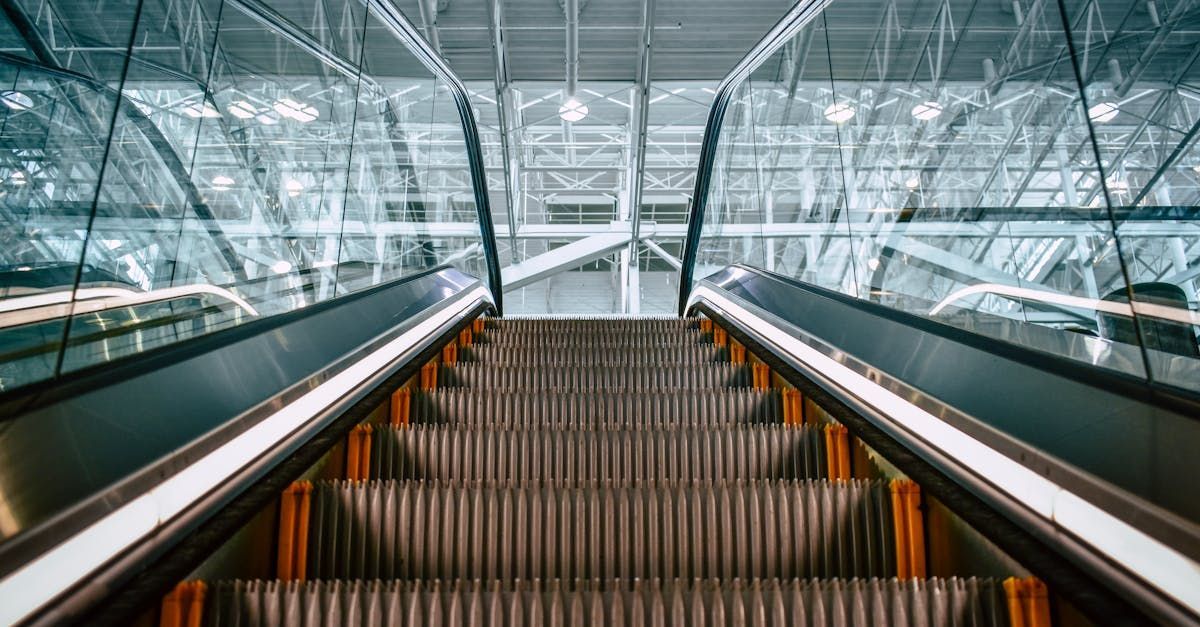Dealing With Elevator Water Damage
Key Highlights
Water damage in elevators is a serious issue that can lead to costly repairs and safety hazards.
Common causes include severe weather, leaks, and inadequate maintenance.
It is crucial to address water damage immediately to prevent further damage and ensure safety.
Professional water damage restoration services can effectively extract water, dry affected areas, and repair or replace damaged components.
Preventative measures like regular maintenance, waterproofing, and installing sump pumps are vital to avoid future water damage.
Introduction
Water damage in elevators can be a serious problem for both property and safety. The elevator pit is usually the lowest part of a building, which makes it prone to water intrusion from different sources. When water builds up in the elevator pit, it can harm important parts of the elevator. This can cause it to malfunction and create safety risks. So, it is very important to take immediate action when there is water damage in an elevator. This helps reduce risks and stops any further issues from happening.
Understanding Elevator Water Damage
Elevator water damage happens when water from the outside gets into the elevator pit or other parts of the elevator. This water intrusion can happen for many reasons. These include severe weather, plumbing leaks, or bad drainage systems. When there is standing water in the elevator pit, it can cause many issues. These can be electrical problems or damage to the building's structure.
Having standing water makes it easy for mold to grow. This growth can harm the health of passengers and people in the building. Also, if moisture stays for a long time, it can rust metal parts, hurt electrical systems, and damage the elevator's mechanical components.
Causes of Water Damage in Elevators
Water damage in elevators often happens because of severe weather. Heavy rain, flooding, or storms can overload drainage systems and let water into elevator pits. This is common in places with hurricanes or lots of rain.
Leaks from plumbing or sprinkler systems near elevator shafts are another cause. Even a small leak can create a lot of water if it's not fixed. Also, bad maintenance can make water problems worse. For example, not clearing drain blockages or ignoring leaks can lead to more damage.
Simple mistakes can also add to water trouble. For instance, using too much water while cleaning or not cleaning up spills quickly can lead to water gathering in elevator pits, which may cause damage.
The Impact of Water Damage on Elevator Components
The effect of water damage on elevator parts can be very serious. When water gets into an elevator pit, it can hurt the important mechanical parts. Moisture can make metal parts rust, like cables, pulleys, and guide rails.
Also, if machinery like the elevator motor, pump, and electrical systems get flooded, they can be badly damaged. Water can cause electrical parts to short-circuit. This can make the elevator stop working and can be dangerous. Rust and electrical damage can lead to expensive repairs or even replacements. This can mean the elevator is out of service for a long time.
Besides the immediate problems with the elevator, water damage can lead to long-term issues too. For example, mold growth, damage to the elevator shaft, and problems with electrical wiring can occur if water damage is not fixed in elevators.
Immediate Steps After Detecting Water Damage
When you find water damage in an elevator, you need to act fast to keep everyone safe and to stop more damage. First, turn off the elevator to avoid any electrical risks and to prevent accidents. It is important to call a qualified electrician to check and fix any electrical problems from the water.
Next, work on stopping any more water from coming in. If you can see where the water damage is from, like a broken pipe, take action to stop the water. This might mean turning off the water supply to that area.
Ensuring Safety and Preventing Further Damage
Water damage in an elevator needs quick action to stop its use and to put safety measures in place. Start by blocking off the affected area to stop anyone from getting close and facing potential danger. Clearly label the elevator as out of service and put up warning signs to inform people about the situation.
If the water damage is serious or includes risks like sewage contamination, it is important to clear the area. Stop anyone from entering until experts can check it out. In these cases, contacting the building management or local authorities is very important to keep everyone safe.
Also, think about taking photos or videos of the water damage. These can help if you want to make an insurance claim or for future evaluations of the damage. By focusing on safety and acting quickly to stop more damage, you can lower the impact of this incident and help make the restoration easier.
Contacting Professional Services for Assessment
When you have elevator water damage, it's a good idea to call experts in water damage restoration. These professionals know a lot about the problem and have the right tools to help. They will check the damage carefully, find out where the water came from, and create a plan to fix everything.
Professionals in water damage restoration can take care of the cleanup and drying. They will remove any standing water, get rid of damaged items, and dry the wet areas using strong dehumidifiers and fans.
Drying things well is very important to stop mold growth and prevent more damage to the building.
Also, these restoration services know the EPA regulations and safety rules for dealing with dirty water. This means they will clean up safely and effectively.
Strategies for Water Damage Recovery
Recovering from water damage in an elevator needs a careful plan to get everything back to normal. First, you must check the level of the damage. Then, you take quick action to remove the water and dry the affected spots.
After the cleanup and drying are done, the next step is to fix or change any damaged parts. This may include repairing electrical systems, replacing rusty metal pieces, or even fixing major elevator parts.
Water Extraction and Drying Processes
Water extraction and drying are important steps in fixing water damage in elevators. These steps aim to remove moisture and make the area dry. This helps stop more damage and mold growth.
The extraction involves getting rid of standing water from the elevator pit and nearby areas. Powerful pumps and vacuums are used for this. After the water is gone, the drying process starts. This usually means using strong dehumidifiers to lower humidity and air movers to help air circulate. This speeds up the drying of any leftover moisture.
Here are some key points about the drying process:
Thorough inspection: Check all affected spots, including any hidden moisture.
Strategic dehumidifier placement: Place dehumidifiers for the best moisture removal.
Monitoring and adjustment: Regularly check moisture levels and change equipment settings as needed.
Repairing or Replacing Damaged Parts
Once the elevator pit and machine room are dry, the next step is to fix the elevator equipment. This means carefully checking all parts, such as the motor, cables, electrical systems, and safety features.
Depending on how bad the damage is, repairs can be small fixes or full replacements. For example, if the electrical contacts are rusty, they may need to be cleaned or replaced. If the motor or control panels are badly damaged, they will likely need to be completely replaced.
It's very important to hire a qualified elevator technician during this time. They can find the problems, get the right replacement parts, and make sure the elevator is safe to use.
Preventative Measures to Avoid Future Water Damage
Preventing water damage in elevators is very important. It helps the elevators last longer, work well, and keeps passengers safe. By taking steps to prevent issues, we can lower the chances of problems and save money in the future.
You should check and take care of the elevator pit often. Seal any cracks or gaps in the walls, and make sure there is good drainage. Also, putting in water detection systems can give early warnings to help reduce possible damage.
Regular Maintenance and Inspection
Regular maintenance and inspection are very important to reduce the chance of water damage to elevators. By adding routine checks to the building's maintenance plan, we can find problems early. This way, we can fix them before they turn into bigger issues.
During these checks, look closely at the elevator pit. Check for signs of water intrusion, leaks, or moisture. Also, examine the walls and floor for cracks or gaps. These could let water in.
Make sure the elevator hallways and nearby areas are clean and dry. Water spills, leaks from other rooms, or too much moisture can get into the elevator pit and cause damage.
Installing Water Detection Systems
Installing water detection systems in elevator pits adds extra safety by giving early warnings about water intrusion. These systems can spot even small amounts of water and set off an alarm. This alerts building management or maintenance staff to the problem.
A common type of system is a water sensor alarm, which has sensors in the elevator pit. When these sensors touch water, they trigger a loud or visible alarm. This alerts everyone about a possible leak or flooding.
Another good choice is to connect the water detection system with the building's existing alarms.
You should also think about adding a sump pump in the elevator pit. A sump pump is a device that automatically removes any gathered water. This stops the water from getting to important elevator parts. When water in the pit reaches a certain level, the sump pump kicks in to take out the water, which lowers the risk of damage.
Conclusion
Water damage in elevators can seriously affect safety and how they work. It is important to take action quickly to stop more damage. You should make sure safety measures are in place right away. Then, get a professional to check the situation and set up good recovery plans. Regular maintenance and inspections can help prevent problems. Installing water detection systems is also a smart step. Remember, fixing water damage quickly keeps the elevator parts safe and helps them last longer. Stay proactive, so you can avoid issues in the future and keep your elevators running well.
Frequently Asked Questions
How quickly should water be removed from an elevator pit to prevent damage?
Standing water in an elevator pit needs immediate action. It is important to remove the water quickly, ideally within 24 to 48 hours. Fast removal can help prevent damage to electrical parts, stop mold growth, and lower the chances of more problems caused by still water. If there is a lot of water or if it comes from floodwaters, using a sump pump may be necessary for effective removal.
Can water damage to elevators be covered by insurance?
Coverage for water damage to elevators varies based on your insurance policy and what caused the damage. You should check your policy or talk to your insurance provider. This will help you understand how much coverage you have for a flooded elevator. Some policies may cover water damage from specific incidents, but others might not cover certain situations.
What are the signs of water damage in elevators?
Signs of water damage in elevators can include:
Water or moisture seen in the elevator pit.
Rust or corrosion on elevator parts.
A musty smell inside the elevator.
Unexplained problems with the elevator's operation.
Dampness or water stains found on the floor or walls of the elevator cab.
How often should elevators be inspected for water damage?
To avoid serious problems, buildings should regularly check and maintain their elevator equipment. This includes looking for water intrusion. How often these checks happen can change based on the building's location and age. However, it is usually a good idea to inspect elevators for water damage at least once a year.
What is the role of a sump pump in preventing elevator water damage?
A sump pump helps keep the elevator pit safe from water damage. It removes standing water that can collect in the pit. When water fills up the pit, the sump pump turns on by itself. It pumps the water out quickly. This stops the water from getting to important parts of the elevator. As a result, it lowers the chance of damage.

